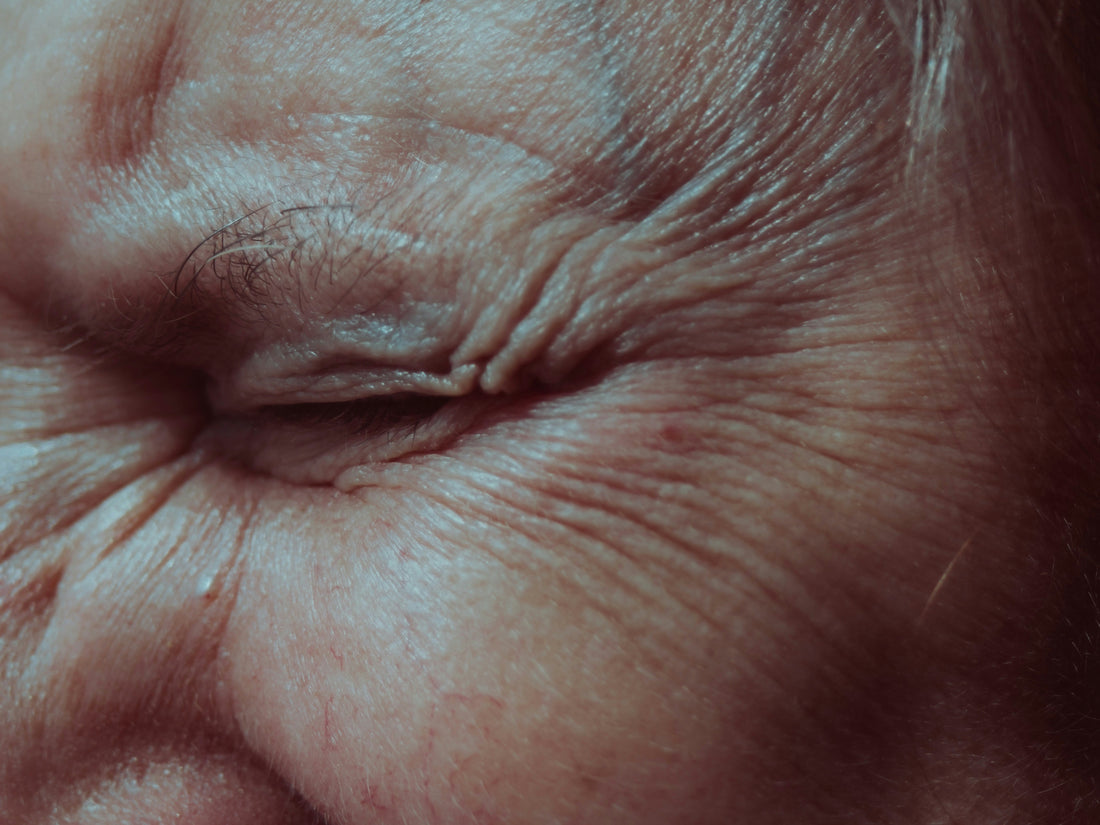Do you feel like each time you look in the mirror, you notice your fine lines getting deeper and more noticeable? You may not be imagining it.
As we age, our skin naturally produces less collagen and elastin – which can lead to sagging, wrinkles, and a loss of “bounce” that you once enjoyed.
Scan online or in stores, and you’ll see that there’s no shortage of anti-aging treatments promising results.
But of them all, microneedling has emerged as one of the most effective, science-backed methods for actually reducing wrinkles.
But here’s the question: can poking tiny holes in your skin really help fight aging? It might sound counterintuitive, but the science behind microneedling is quite interesting – and may give you hope for restoring your skin to its youthful state!
What is Microneedling?
Microneedling, also known as collagen induction therapy, is a process that uses fine needles to create controlled micro-injuries in the skin.
But before you cringe at the thought of damaging your skin to make it healthier, it’s important to know how the science works.
Microneedling doesn’t cause the kind of injuries that cause damage. Instead, they're strategic, microscopic wounds that trigger your skin's natural healing response.
How Does Microneedling Work?
When your skin detects these micro-injuries, it kicks into repair mode. This floods the “injured” area with growth factors, stimulating the production of new collagen and elastin.
It’s the same healing process your body uses for any wound, but microneedling harnesses it specifically to rejuvenate aging skin.
The results are impressive for many! Over the following weeks and months, you’ll find that your skin goes into overdrive to build fresh collagen networks that fill in wrinkles from beneath. Clinical studies have shown that microneedling significantly improves fine lines and wrinkles, with many participants experiencing visible wrinkle reduction within 90 days.
At-Home vs. Professional Microneedling
You may find that your local beauty store carries at-home microneedling kits that claim to offer the same results as a professional. But it’s important to know the difference between DIY and microneedling handled by the pros.
Professional Microneedling
Professional microneedling treatments usually involve longer needles (typically 0.5-2.5mm) that penetrate deeper into the skin, resulting in more dramatic results for wrinkles.
Dermatologists or trained estheticians perform these treatments and typically require 4-6 sessions spaced several weeks apart.
DIY Microneedling
At-home microneedling products will usually have shorter needles (usually 0.25-0.5mm). The products are designed to offer a more gentle, typically superficial treatment.
While the results are more subtle than professional treatments, consistent at-home use with a quality derma roller can still improve fine lines, skin texture, and product absorption when done correctly.
What Skincare Products to Use After Microneedling
Here's something many people don't realize: microneedling doesn't just stimulate collagen. It can also create temporary skin channels that help increase the absorption of topical products – and often dramatically.
This means the serums you apply immediately after treatment can penetrate up to 20 times deeper than normal.
Microneedling is a great opportunity to flood your skin with powerful anti-aging ingredients that support collagen production and healing. Here are some of the best products to consider for a post-microneedling skincare routine:
Peptides
Peptides are your first line of support. These amino acid chains signal your skin to produce more collagen, potentially amplifying the collagen-boosting effects of microneedling itself.
Applying a peptide-rich serum immediately after treatment can give your skin exactly what it needs to maximize that healing response.
Hyaluronic Acid
Hyaluronic acid is another product that is key to keeping freshly microneedled skin hydrated while it heals. Hyaluronic acid works to draw moisture into the skin and keeps the volume that makes wrinkles less visible.
Vitamin C
Vitamin C brightens skin tone and supports collagen synthesis, but timing matters. Wait until any redness subsides (usually 24-48 hours after treatment) before applying a vitamin C serum to avoid irritation.
Once your skin is ready, vitamin C helps fade any sun damage and hyperpigmentation while supporting your skin's renewed collagen production.
For the first few days after microneedling, stick to gentle, soothing products. A barrier-repairing moisturizer helps protect compromised skin while it heals, and a calming spray can reduce any inflammation and keep bacteria at bay.
How Long Before You See Results from Microneedling?
Everyone’s skin is different, and how you respond to microneedling may differ from others. But there are some average timelines you can expect for benefits, as long as you use the right post-treatment!
The first improvements in skin texture and glow typically appear within a week or two as your skin starts its healing response. The real wrinkle-reducing magic happens over the following 4-12 weeks as new collagen forms.
Most people see noticeable wrinkle reduction after 3-4 sessions spaced 4-6 weeks apart. Fine lines around the eyes and mouth often improve first, with deeper wrinkles requiring more sessions.
For at-home microneedling, results are more gradual. Expect to use your device consistently for 2-3 months before seeing significant changes in fine lines.
Is Microneedling Right for Your Wrinkles?
Microneedling is a great way to help treat some of your more stubborn skin issues, but it’s always best to work with a dermatologist and professional specialist if you are choosing this route.
The treatment is typically safe for all skin types and tones, and offers some major advantages over laser treatments that may cause hyperpigmentation in darker skin. Side effects are typically mild (redness and sensitivity) and resolve within 1-2 days.
Whether you opt for professional treatments or start with at-home maintenance, the key is consistency and always supporting your skin with the right products afterward.
When you combine microneedling's collagen-boosting power with targeted serums and proper care, you're giving your skin everything it needs to turn back the clock.
Want to find the best microneedling skincare products? Explore our product lineup to discover the ideal serums and topical applications for your skin.
FAQ
Does microneedling actually work for wrinkles?
Yes, clinical studies consistently show that microneedling effectively reduces fine lines and wrinkles. The treatment works by stimulating the production of collagen and elastin through controlled micro-injuries.
How long do microneedling results last for wrinkles?
Microneedling results can last 6-12 months or longer, depending on factors such as age, skin condition, and the skincare routine. Collagen production continues for up to six months after treatment, allowing you to see progressive improvements even after your sessions have ended.
How many microneedling sessions do I need to see wrinkle reduction?
The number you’ll need will depend on your skin and what issues you’re trying to address.
Most people need 3-6 professional microneedling sessions to see significant wrinkle reduction, spaced 4-6 weeks apart. You'll notice some improvements after the first session, but the real wrinkle-smoothing results appear after multiple treatments as collagen builds.
Can I do microneedling at home for wrinkles?
Yes, but with important caveats. At-home derma rollers with shorter needles are safe for regular use and can improve fine lines and skin texture over time. However, they won't produce results as dramatic as professional treatments with longer needles.
What should I put on my face after microneedling?
Immediately after microneedling, apply peptide serums to boost collagen production, followed by hyaluronic acid for hydration. Avoid using active ingredients such as retinol, vitamin C, and acids for 24-48 hours after treatment. Instead, focus on using products that are gentle on your skin.
Is microneedling better than Botox for wrinkles?
They work differently and address different types of wrinkles. Botox relaxes muscles that cause expression lines – think crows' feet – and offers immediate but temporary results. Microneedling stimulates collagen to fill in wrinkles from beneath, so you’ll often see longer-lasting results.

